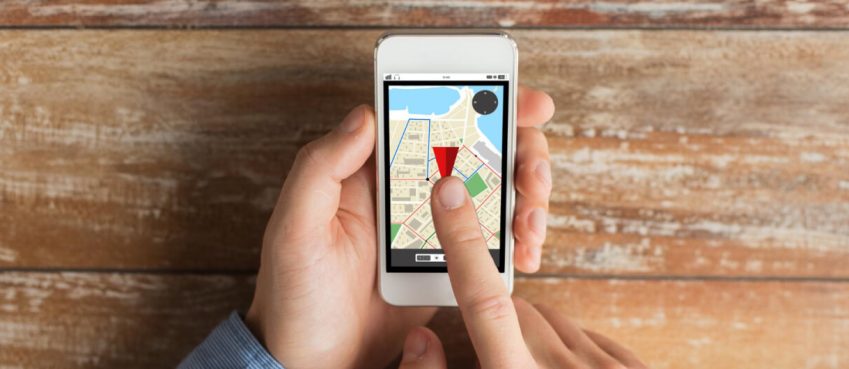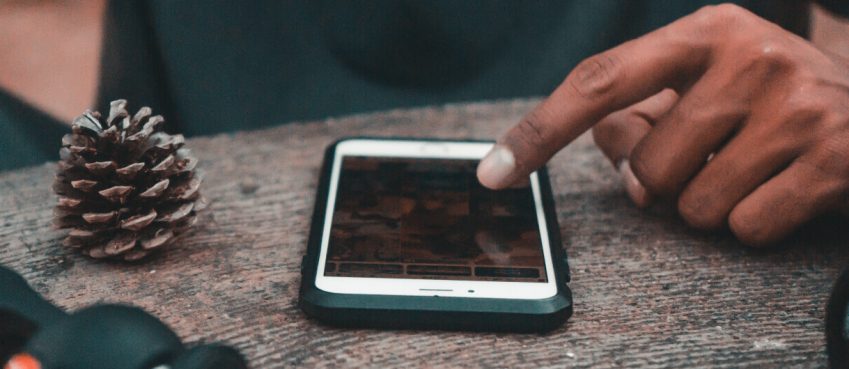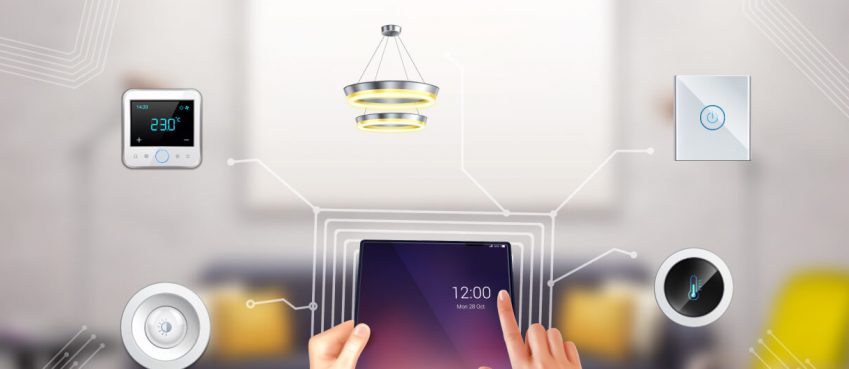
Gone are the days when anyone who held your cellular device would easily access everything in it. That was both risky and annoying. Manufacturers have integrated complex software in cellular devices, which helps in ID verification.
Technological developments in the digital world provide opportunities to develop robust data protection infrastructure. Technology is wiping out paper-based identification systems. A significant number of people online lack official proof of their identity.
This presents the opportunity to use stolen or faked identities. Many companies are continually leveraging advanced technologies and adopting digital verification programs to avoid falling victim to fake online identities.
We look at how cellular devices are redefining ID verification.
How are Cellular Devices Changing the Course of ID Verification
Biometrics Authentication
Biometrics authentication is a widely used method for ID verification. It is very accurate, easy to use, and convenient hence preferable for ID verification. Biometrics authentication uses your body parts to verify that you are the genuine owner of your online account. This method includes face, fingerprint, or iris scan.
You might have noticed instances where bank apps ask you to secure the app using your fingerprints.
This means that you must scan your fingerprints on your cellular device whenever you want to access the app. It improves your security because even if anyone else accesses your phone, they cannot log in to your banking app without your fingerprint scan.
Voice Recognition
Like biometrics, voice unlock uses voice recognition technology to confirm your identity. You will have to first set your voice in your cellular device, which you use whenever you want to unlock your device.
If you want to access any apps or online accounts, you speak and a voice match verifies your identity. Voice recognition is very easy and hassle-free because you do not have to master anything or remember passwords.
Also read: 7 Best Sites Like Artists And Clients To Inspire
Knowledge-Based Authentication
Nowadays, ID verification methods like knowledge-based authentication (KBA) require you to answer some questions to secure your online accounts. You might have come across instances where you have to save some security questions and their answers when signing up for an account using your cellular device.
These questions help to verify your identity whenever you want to access your accounts. You have to give the correct answer to the questions asked to confirm you are the actual owner of the account.
SMS-Based Two-Factor Authentication
Some systems have gone a notch higher to include SMS-based two-factor authentication for ID verification. This method uses your phone number to confirm your identity. When you are registering for
an account online, they ask you to verify your phone number.
Whenever you want to log in, you receive an SMS with a code to your phone. You fill in the code in a given tab to access your account. Without the code, you cannot proceed or access anything in the account. Some apps even have auto verification whereby you do not have to fill in the code, but the app automatically reads the message with the code.
Document Scan and QR Code Scan
You might have come across instances where you want to link a particular document or card with your online account, but you have to scan the QR code. This confirms that you have in your possession the document that you claim to own.
To verify the identity and validity of the document, you scan its QR code using your cellular device. If the QR code is valid, you will proceed successfully. However, if it is not valid, the system denies you access. The cellular device should have a 3D camera to scan the QR code.
Also read: Top 10 AI Infrastructure Companies In The World
Database Solutions
Database solutions use offline or online data to verify a user’s identity. You might have come across instances where you sign up on a website without filling in your details. Instead, the website gives you an option for social media sign up, sign in, or login. The site asks you to link your Facebook, LinkedIn, or Google accounts.
Here, the website relies on the personal details in your social media accounts to verify your identity. The site uses the patterns of your social media behavior to verify the authenticity of your online ID.
Online Identity Verification
Albeit not so common, online identity verification is a high-tech ID verification method that integrates several verification solutions. It incorporates artificial intelligence, verification experts, and a mix of computer vision.
Companies mostly use this method to verify whether a government-issued ID is authentic and belongs to the person who is holding it. The verification experts conduct validity checks using a live photo to confirm whether the person whose image appears in the ID is the one in the photo.
Also read: Top 10 Web Hosting Companies in 2021 | Detailed Review
Recap
With the digital sophistication of cellular devices, they present many options to protect your data from malicious hackers. Through cellular identity verification, companies can minimize cases of data breaches.
It is always important to check the security options that your online accounts support and integrate them with your cellular device security.
Top 10 News
-
01
Top 10 Deep Learning Multimodal Models & Their Uses
Tuesday August 12, 2025
-
02
10 Google AI Mode Facts That Every SEOs Should Know (And Wha...
Friday July 4, 2025
-
03
Top 10 visionOS 26 Features & Announcement (With Video)
Thursday June 12, 2025
-
04
Top 10 Veo 3 AI Video Generators in 2025 (Compared & Te...
Tuesday June 10, 2025
-
05
Top 10 AI GPUs That Can Increase Work Productivity By 30% (W...
Wednesday May 28, 2025
-
06
[10 BEST] AI Influencer Generator Apps Trending Right Now
Monday March 17, 2025
-
07
The 10 Best Companies Providing Electric Fencing For Busines...
Tuesday March 11, 2025
-
08
Top 10 Social Security Fairness Act Benefits In 2025
Wednesday March 5, 2025
-
09
Top 10 AI Infrastructure Companies In The World
Tuesday February 11, 2025
-
10
What Are Top 10 Blood Thinners To Minimize Heart Disease?
Wednesday January 22, 2025







